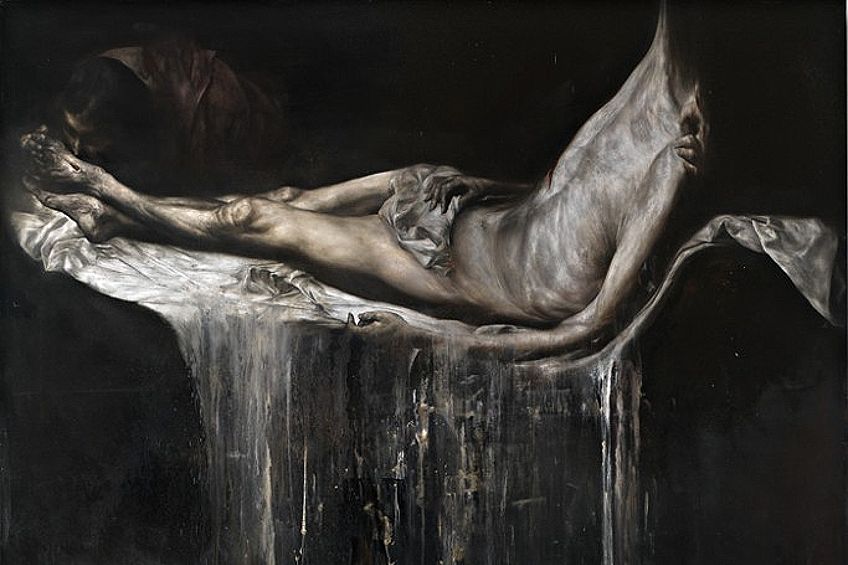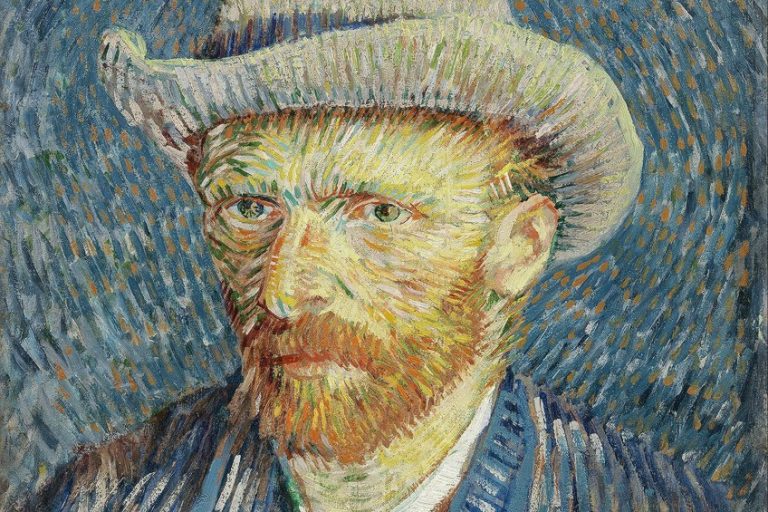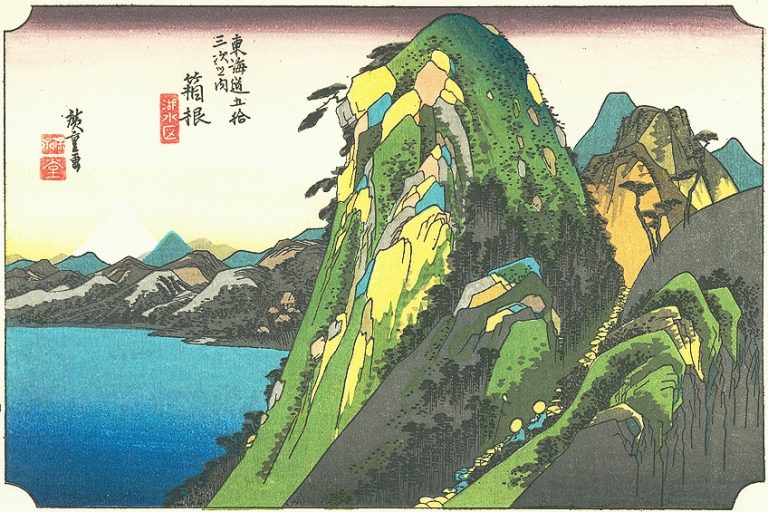Nicola Samorì – Beauty, Decay, and the Passage of Time
Nicola Samorì, an Italian contemporary artist born in 1977, has garnered international acclaim for his captivating and provocative works that blend classical aesthetics with a modern twist. Renowned for his mastery of various mediums, including painting, sculpture, and installation, Samorì’s art often explores themes of beauty, decay, and the passage of time. With a keen eye for detail and a deep understanding of art history, he creates hauntingly beautiful pieces that challenge viewers to reconsider traditional notions of art and beauty. Through his unique blend of techniques and subjects, Samorì continues to push boundaries and provoke thought in the contemporary art world.
Key Takeaways
- Nicola Samorì merges Renaissance techniques with a contemporary approach, creating a unique juxtaposition of old and new.
- His signature method involves physically altering his works, adding layers of meaning through destruction and reconstruction.
- Samorì continues to push the boundaries of traditional painting, making him a significant figure in the contemporary art landscape.
Life and Education
| Birth | 1977 |
| Death | Present |
| Place of Birth | Forlì, Italy |
| Genre of Work | Contemporary art, painting, and sculpture |
Nicola Samorì is an Italian artist renowned for his skillful blend of classical techniques with modern sensibilities. His artwork is frequently recognized for its ability to evoke the aesthetics of the 16th and 17th century European old masters, while simultaneously engaging with contemporary themes. This interplay of eras is not just thematic; it’s woven into the very fabric of his creations, most evident in the physical manipulation he applies to his pieces.
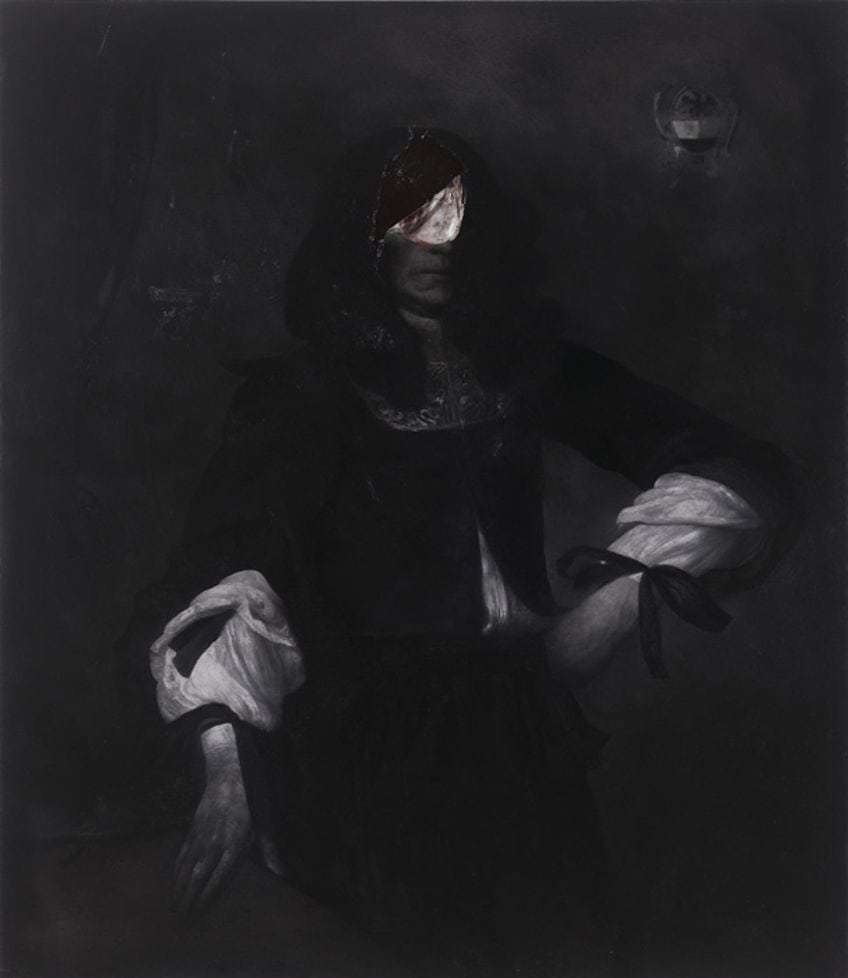
Samorì’s processes often include scraping, diluting, slashing, and tearing his canvases, an approach that introduces an element of deliberate destruction into the act of creation. His works, often dark and baroque in nature, serve as a form of dialogue with the past, bringing old artistic traditions into conversation with modern artistic discourse.
Using mediums ranging from oil on canvas to unconventional materials like copper and stone, Samorì creates pieces that are both haunting and evocative, challenging viewers’ perceptions and expectations.
Early Life in Bagnacavallo
Born in 1977, Nicola Samorì was raised in the small town of Bagnacavallo, Italy. The rich cultural heritage of this region influenced his early artistic inclinations and eventual venture into the realms of painting and sculpture.
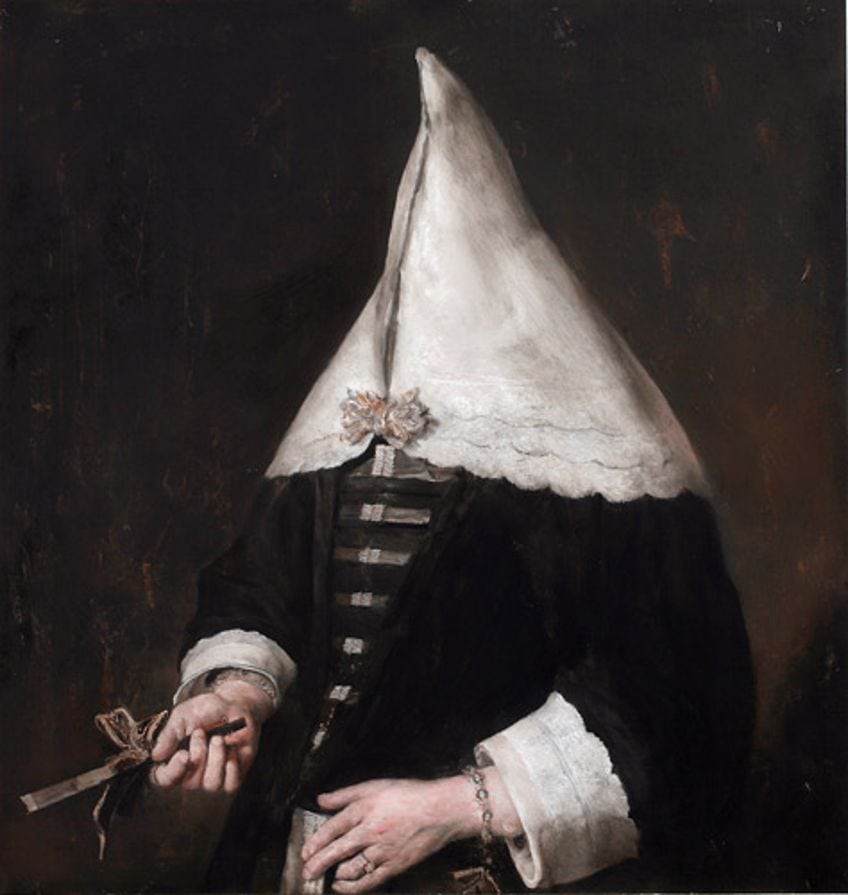
Academy of Fine Arts in Bologna
Samorì’s formal education in the arts was fostered at the Academy of Fine Arts in Bologna, a crucible of artistic development. Here he honed his technique, and his education grounded in the fine arts tradition culminated in a graduate degree.
Current Career
Remaining true to his Italian roots, Samorì continues to live and work in Italy, creating art that intertwines the classic with the contemporary. His profound impact on the art world is evidenced through his unique approach to painting and sculpture.
These have marked him as a significant figure in the contemporary art scene.
Artistic Style and Media
Nicola Samorì’s artistic practices are distinctly characterized by his reinterpretation of traditional techniques and his unique use of materials, which not only embody the intricacies of past artworks but also contribute to a contemporary dialogue through material manipulation.

Influence of the Old Masters
Samorì’s work reflects a deep engagement with the Old Masters, primarily from the Baroque and Renaissance periods. He employs chiaroscuro, a technique commonly associated with artists of the 16th and 17th centuries, to create a dramatic interplay of light and shadow. Samorì’s paintings evoke the aesthetics of these times while suggesting a temporal layering that confers new meanings.
His pieces often nod to historical sfregi, or injuries, as a method of exploring the passage of time on both canvas and copper surfaces.
Innovative Use of Materials
The use of traditional materials in unconventional ways is a signature aspect of Samorì’s artistry. Painting on materials such as wood, stone, and copper, he advances beyond standard applications, introducing processes such as scraping, diluting, slashing, and tearing to physically alter the work. These intentional “injuries” to the medium result in artworks where faces and forms are often obscured or distorted, inviting viewers to consider the vulnerability of art to the elements and to change. His sculptures, sometimes cast in wax, resonate with a similar sense of transformation, bridging historical artistry with contemporary expression.
Exhibitions and Recognition
Nicola Samorì has received critical acclaim through various exhibitions and prizes. His artwork is distinguished by reinterpretations of classical techniques within a contemporary context, often featured in prestigious galleries and collections worldwide.

Italian and International Exhibitions
Samorì’s exhibits span both Italian and international locations. In Italy, his solo exhibitions have graced venues such as the Palazzo Fava in Bologna and the Mart Museum in Rovereto. The artist’s presence on the global stage includes participation in the renowned Venice Biennale. Beyond Italy, his works have been showcased in galleries and art fairs in Berlin, Milan, and London. Similarly, international recognition has brought his creations as far as the Yu-Hsiu Museum of Art in Taiwan, and to prominent cities like New York and Denver, Colorado.
Additionally, several of his innovative pieces are held in Private Collections around the world.
Awards and Prizes
Nicola Samorì’s unique approach to art has not gone unnoticed in the realm of accolades. He is a recipient of the 9th Cairo Prize in Milan, a prestigious award acknowledging his contribution to contemporary art. Further, he has been honored with the Giorgio Morandi Engraving Prize, cementing his reputation as an artist with a profound impact on modern interpretations of classical art forms. Samorì’s impressive collection of awards underscores his significance in today’s art landscape.
Nicola Samori’s Work Today
Nicola Samorì continues to be recognized for his mastery in painting and sculpture. His contemporary works echo the grandeur of Renaissance and Baroque art, yet they are distinguished by a unique process of deconstruction and reimagining. Samorì’s paintings are notable for their vivid use of chiaroscuro and realism. He employs traditional techniques but often manipulates his canvases through scraping, tearing, and diluting.
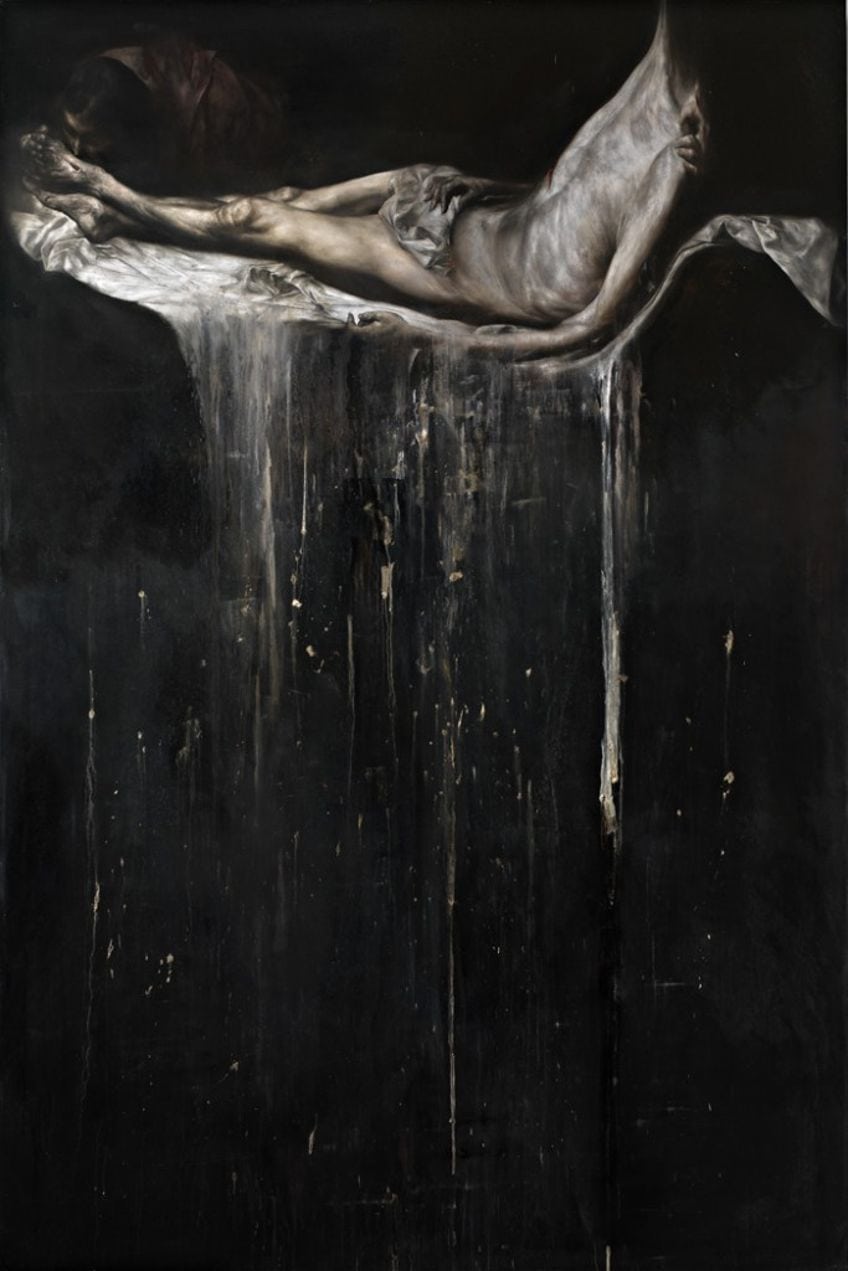
In 2021, Nicola Samorì held a solo exhibition at Palazzo Fava in Bologna. Samorì persistently challenges the viewer’s perception by exposing the underlying layers of his artworks. The approach not only reinterprets historical subjects but also addresses the modern viewer’s interaction with classical imagery. His works often reflect an engagement with the past, while contemplating the evolving nature of visual representation. The artist’s current practice remains an enquiry into the aesthetics of decay and the dynamics between creation and destruction. Samorì’s work today invites viewers to confront the instability and transience inherent in the art and its history. His ongoing exploration marks him as a significant figure within contemporary Italian art.
Nicola Samorì’s artistic journey is a testament to his profound talent and innovative vision. Through his diverse and thought-provoking works, he invites viewers to engage with themes of history, beauty, and transformation. Samorì’s ability to seamlessly merge classical techniques with contemporary concepts has established him as a prominent figure in the art world, with his creations leaving a lasting impact on those who encounter them. As he continues to explore new realms of artistic expression, Samorì’s legacy as a visionary artist is sure to endure for generations to come.
Frequently Asked Questions
What Techniques Does Nicola Samorì Employ in His Artwork?
Samorì incorporates a variety of techniques that harken back to the 16th and 17th centuries, often manipulating his paintings by scraping, peeling, and scratching the surface to imbue them with a sense of decay and transformation.
Where Can One Purchase Nicola Samorì’s Paintings?
His works can be acquired through contemporary art galleries that represent him or at art fairs where his pieces are exhibited. Occasionally, his paintings might also be available through auctions.
Which Galleries Exhibit Nicola Samorì’s Works?
Samorì’s paintings and sculptures are regularly exhibited in art galleries across Europe, particularly in Italy. Notable solo exhibitions have been hosted in venues such as Palazzo Fava in Bologna.
How Has Nicola Samorì’s Style Evolved Over His Career?
Throughout his career, Samorì’s art has maintained a dialogue with the aesthetics of the past, yet over time, he has increasingly explored themes of image deterioration and decay, pushing the boundaries of his chosen media to explore temporality and fragility.
Isabella studied at the University of Cape Town in South Africa and graduated with a Bachelor of Arts majoring in English Literature & Language and Psychology. Throughout her undergraduate years, she took Art History as an additional subject and absolutely loved it. Building on from her art history knowledge that began in high school, art has always been a particular area of fascination for her. From learning about artworks previously unknown to her, or sharpening her existing understanding of specific works, the ability to continue learning within this interesting sphere excites her greatly.
Her focal points of interest in art history encompass profiling specific artists and art movements, as it is these areas where she is able to really dig deep into the rich narrative of the art world. Additionally, she particularly enjoys exploring the different artistic styles of the 20th century, as well as the important impact that female artists have had on the development of art history.
Learn more about Isabella Meyer and the Art in Context Team.
Cite this Article
Isabella, Meyer, “Nicola Samorì – Beauty, Decay, and the Passage of Time.” Art in Context. May 7, 2024. URL: https://artincontext.org/nicola-samori/
Meyer, I. (2024, 7 May). Nicola Samorì – Beauty, Decay, and the Passage of Time. Art in Context. https://artincontext.org/nicola-samori/
Meyer, Isabella. “Nicola Samorì – Beauty, Decay, and the Passage of Time.” Art in Context, May 7, 2024. https://artincontext.org/nicola-samori/.


